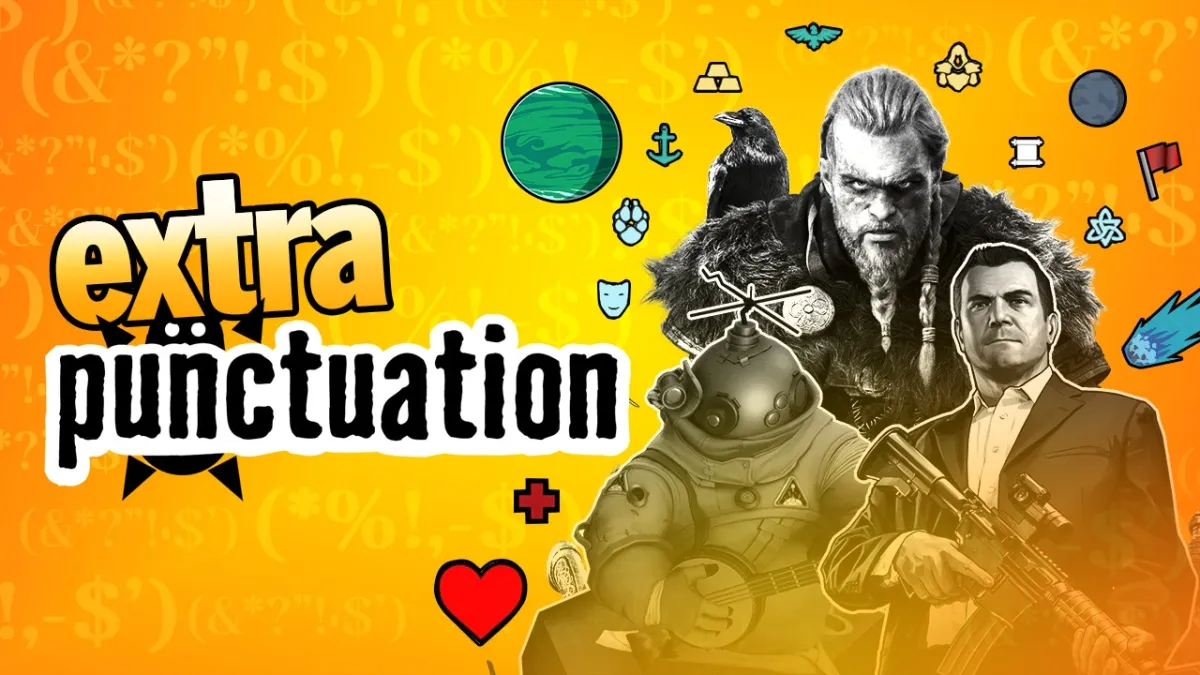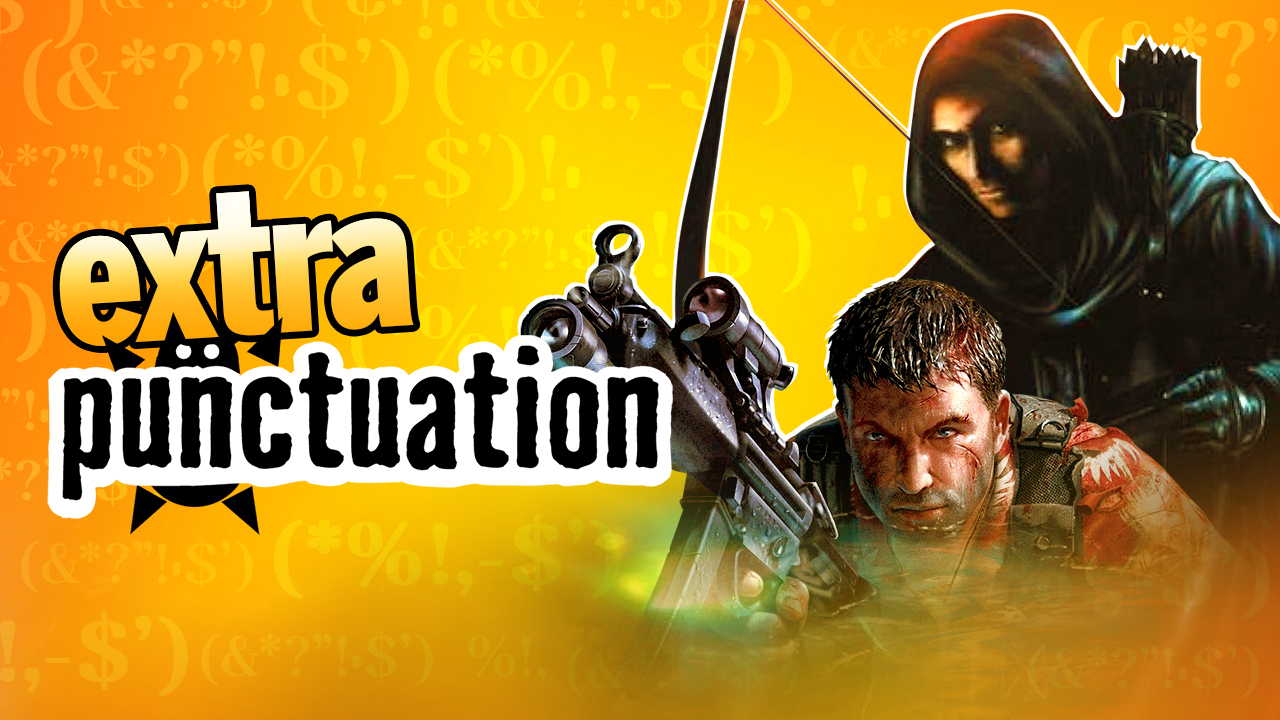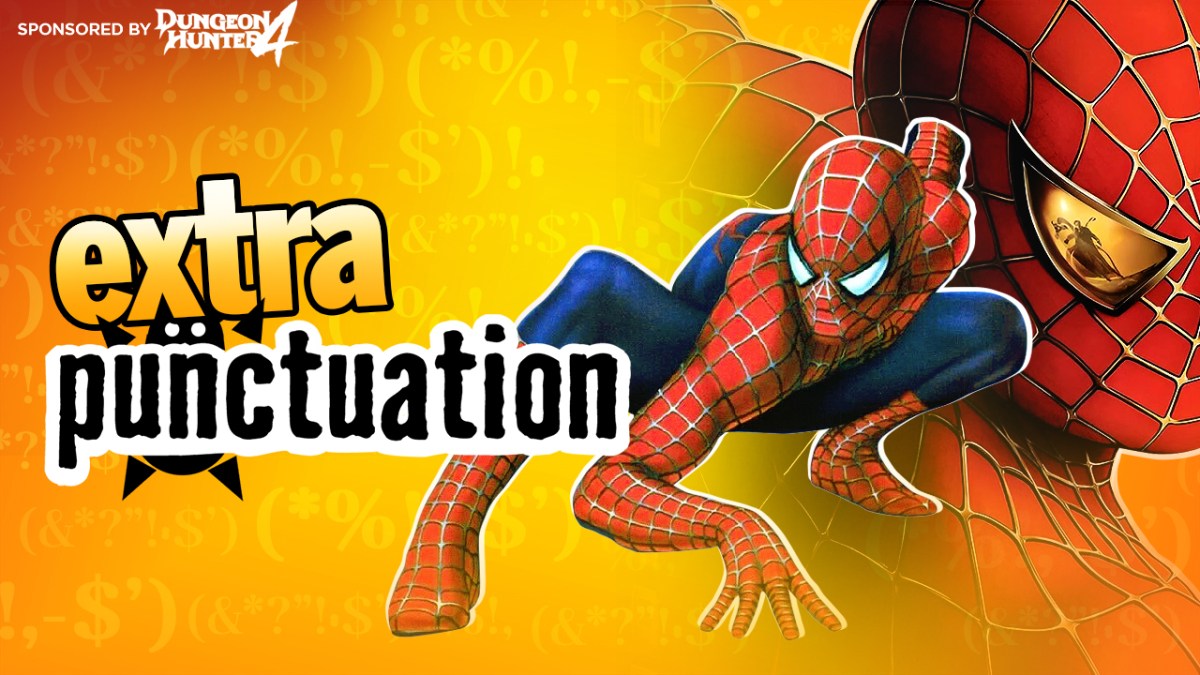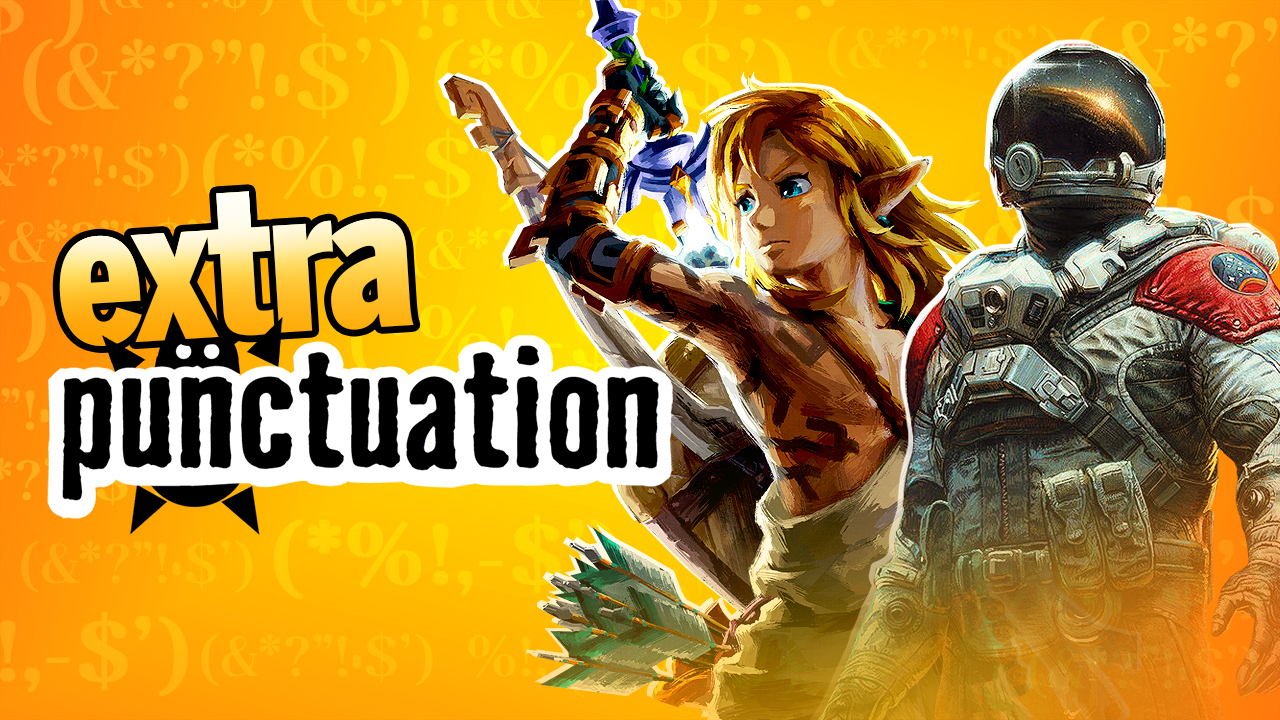This week in Extra Punctuation, Yahtzee declares that the open-world video game is dead, at least in the AAA space.
Extra Punctuation Transcript
The open world is dead. Sorry to have to break it to you. It wasn’t an easy death, either. A very prolonged, very painful death from being chained to a milking machine and having all its blood, bones and internal organs sucked out through its nipples. You might think this declaration premature considering that open world games have been coming out constantly for years and yet more are announced for the future both near and far, but don’t be fooled. That’s just the noise being made by all the dead flesh and organs getting slurped back and forth through the machinery.
It’s very sad. The history of the open world game might as well be the history of gaming itself. Its invention was practically inevitable. Something like it had long been the dream of gamers and developers alike. Ever since we first played Super Mario and thought how cool it would be if we could escape from the fixed horizontal line of the level and explore that green hill in the background with the mysterious eyes. Or when we looked at the cosmetic windows on the buildings in, say, Robocop for the Commodore 64 and thought about how cool it would be if we could go inside all of those windows and find an individually crafted room in each one and see what pictures the drug dealers hung up.
And at the highest level the advance of gaming technology has been one long road to achieving that dream. First Super Mario 3 let you go left as well as right and explore the whole map. Then 3D graphics allowed us to fully explore the in-game space from multiple perspectives. Memory improved, allowing for more and more details and assets to be rendered simultaneously. It was only a matter of time before the dream of a fully 3D fully detailed go-anywhere setting would be realised. And, in brief, it has.
Open worlds are now commonplace. We’ve got games with entire fully detailed cities, wildernesses, deserts, alien landscapes. You CAN go inside every window and look at all the drug dealers’ furniture and knock all their chairs over and leave their taps running just to be a dick. And you know what? I’m sick of it. I’m sick of long treks through beautifully detailed scenery. I’m sick of highlighting the little icon and following the line on the minimap to get to it. And I’m sick of “player choice.” See, I’m someone who appreciates, indeed practically specialises in, the medium of interactive narrative. And open worlds are very frequently detrimental to narrative, or at least tend to produce very similar ones.
Game design frequently informing story, the story of most open world games centres around the world, obviously. Usually it’s been corrupted or taken over by some antagonistic force or faction and the main character has to be part of some resistance working against it, often doing missions to gradually reclaim power or territory from the antagonist in some way. This is all informed by gameplay because it justifies having to explore the open world and it being filled with groups of standard enemies to fight. It also seems to be de rigeur for these games to always have a mission around the midpoint where the hero is captured and stripped of their abilities or weapons for all of ten minutes in order to reestablish the main villain as a threat, as it would be easy to feel that threat being undermined by the player having done nothing but chump on the villain and chip their territory away from the word go.
I’m sick of playing out this same plot and themes in every triple-A game. I should stress that this is a mainly a triple-A problem rather than an open world problem. There are plenty of indies demonstrating that a restrained, thoughtful use of sandbox gameplay can produce something very compelling, like Outer Wilds. It’s not even a problem with EVERY triple-A open world game. Look at Rockstar games. The Grand Theft Autos and Red Dead Redemptions are almost all character-focussed narratives about the personal struggles of a jaded antihero in a world largely indifferent to their actions. Although note that whenever you start a plot mission in those games you’re almost always locked into it, and made unable to interact with the open world or any side content until you’ve finished the plot mission. It’s almost as if the open world is inconvenient to linear storytelling.
Rockstar aside, most games don’t have the chops for anything above Marvel movie grade writing so mainly it’s just oppressive threats and plucky resistances and the same bloody plots inevitably emerge. I mean, not too long ago around the PS3 era when everything was third and first person cover shooters, there were a lot of kinda out-there plots with strong character focus being indulged, in games like Timeshift, Inversion, 50 Cent: Blood on the Sand; not very good games but at least they were fun to talk about.
The triple-A developers of today keep churning out these drearily spectacular open worlds with the same plots and themes and slight gameplay tweaks because this is what tech has been working towards since the beginning and no one knows what the hell else they’re supposed to do, now. The Triple-A industry is practically built on being able to wow us with bigger, more impressive locales and expansive gameplay and sell us whichever expensive graphics cards they’re in bed with now. And we’ve reached the limit. Games just can’t get any bigger.
Oh I’m sure you’ll dispute that. Of course games could get bigger. Just Cause 2’s map is the equivalent of 35 square miles – make one that’s 70 square miles, bam, bigger game. There’s still no open world where you can enter every single building in a full-sized city and find each one populated by completely unique NPCs each with their own dialogue and sidequests. Currently available technology might even be capable of that, but the thing is, while the technical barrier has been removed, there’s a limit to how much content you can put in a game before it stops benefitting from it, overall. Plus, it’s become very clear in recent times that there’s a hard limit on how much human beings can create within a viable time frame while still keeping both the game and the dev team’s physical wellbeing stable. Thinking of you, Cyberpunk.
The notion that the progress of video games is tied to the game worlds getting bigger and better looking was always unsustainable. Juvenile, really, like insisting a book is better ‘cos it has more pages or a film is because it’s four hours long. Where we are now in video gaming’s history is where movies were when Hollywood was making those hugely expensive epics with thousands of extras like Cleopatra and Ben Hur. So now we need a similar sea change to what movies had in the mid to late 20th century, when the bloat and spectacle and the gimmickery of new technology gave way to filmmaking based around high-concept ideas and auteur directors.
Something’s got to give. Even the oblivious CEOs in their tower of money and tax loopholes will notice if the returns stop reflecting the soul-destroying effort going into these massive games, and then it’s just a matter of who blinks first. Someone takes a risk. Kicks the 100 million dollar open worlds in the head and splits them into four 25 million dollar projects with dedicated teams and more focussed design principles and makes absolute gobloads of cash. A new wave of risk-taking artistry at the highest levels. A stop to the constant push for better graphics hardware. Video card manufacturers switch to building moon colonies. A new age of prosperity for the human race until Earth disappears into one of the abysmal suction cups on the tentacles of the eternal space octopus. I don’t know, do I. I can’t even predict where the last step’s gonna be when I’m going down a staircase.






Published: Nov 4, 2021 12:00 pm